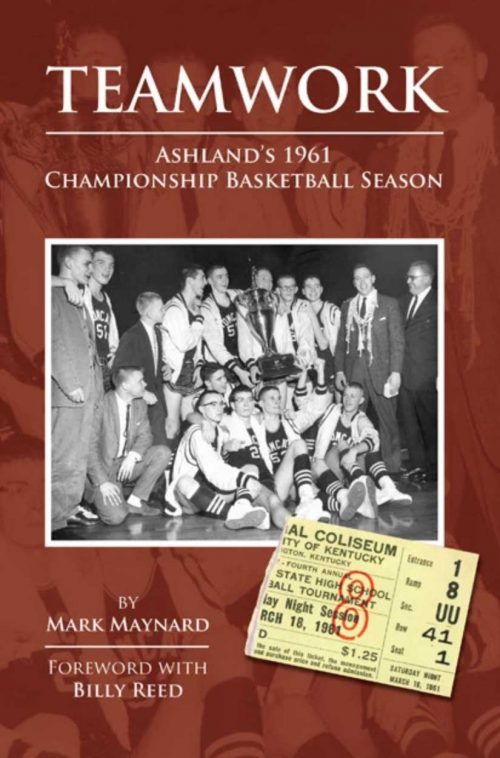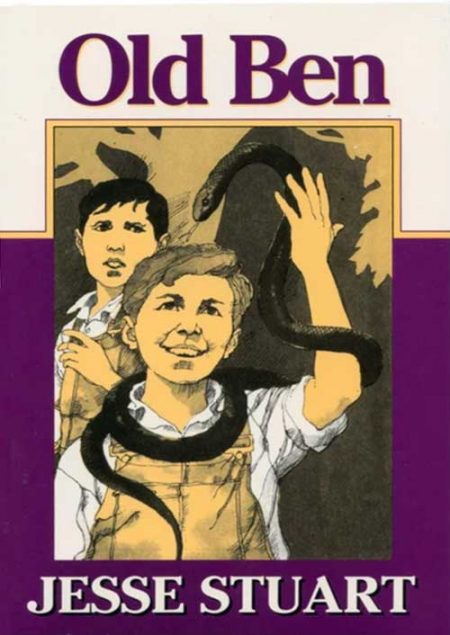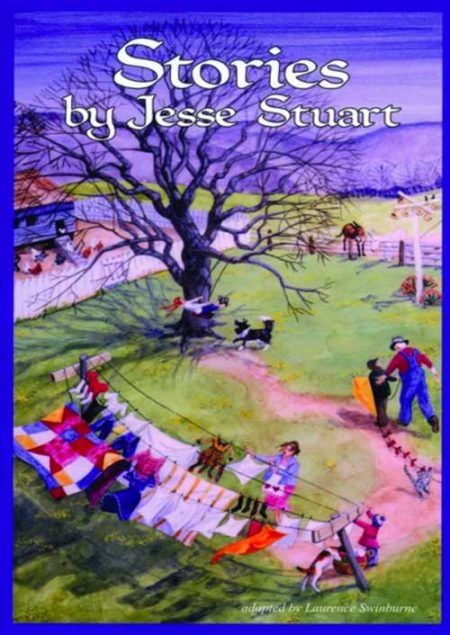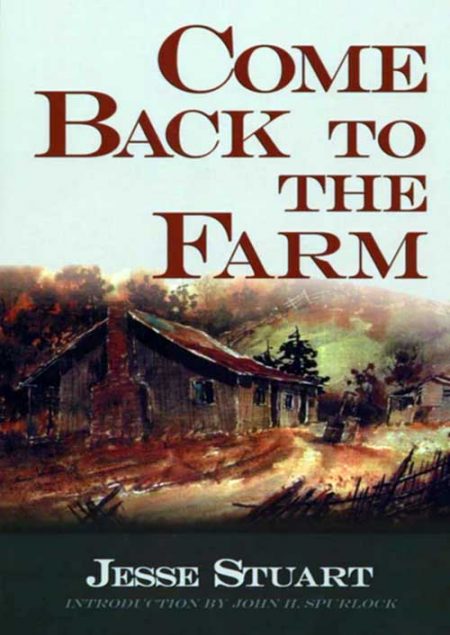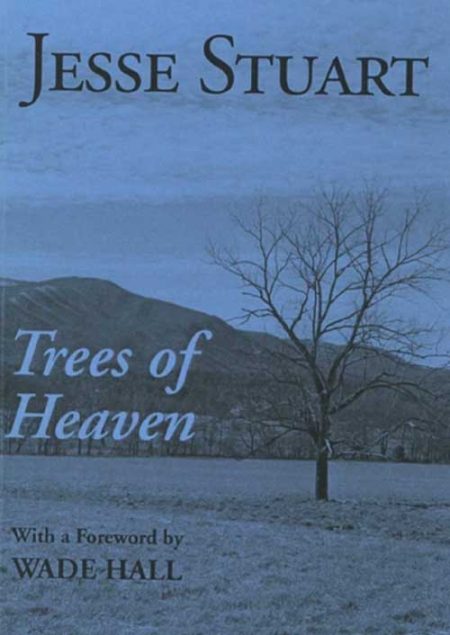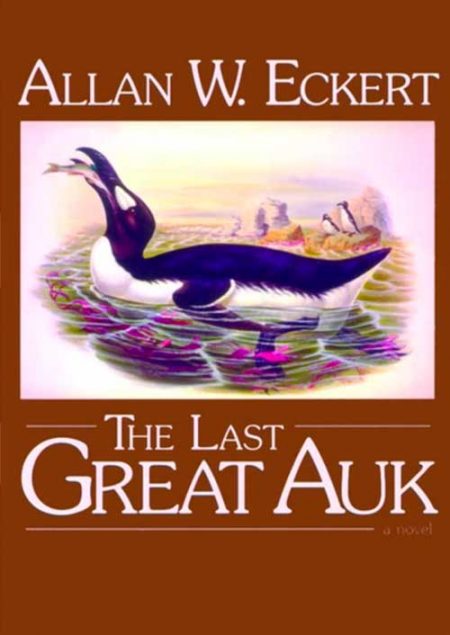-
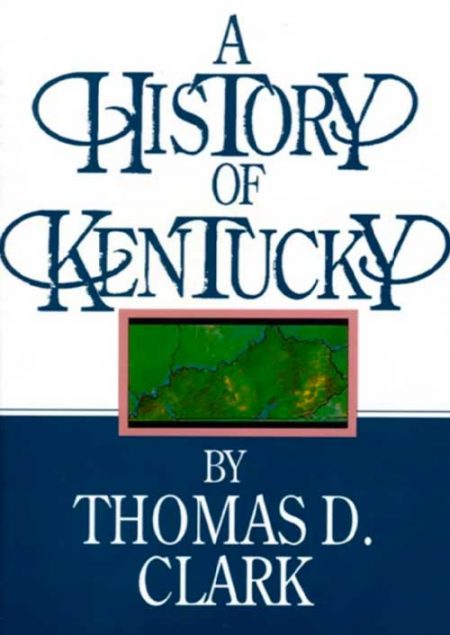 Kentucky’s history is an important part of American development because the state lay directly in the path of the great westward movement. It was in Kentucky that the early adjustments to the rigors of frontier life were made. Along the Kentucky River, Daniel Boone and a small band of settlers repulsed British and Indian thrusts to guard the back door of the struggling young nation during the Revolution. Under George Rogers Clark, the Kentuckians even carried the fight to British and Indian concentrations along the Ohio. HARDBACK By Thomas D. Clark
Kentucky’s history is an important part of American development because the state lay directly in the path of the great westward movement. It was in Kentucky that the early adjustments to the rigors of frontier life were made. Along the Kentucky River, Daniel Boone and a small band of settlers repulsed British and Indian thrusts to guard the back door of the struggling young nation during the Revolution. Under George Rogers Clark, the Kentuckians even carried the fight to British and Indian concentrations along the Ohio. HARDBACK By Thomas D. Clark -
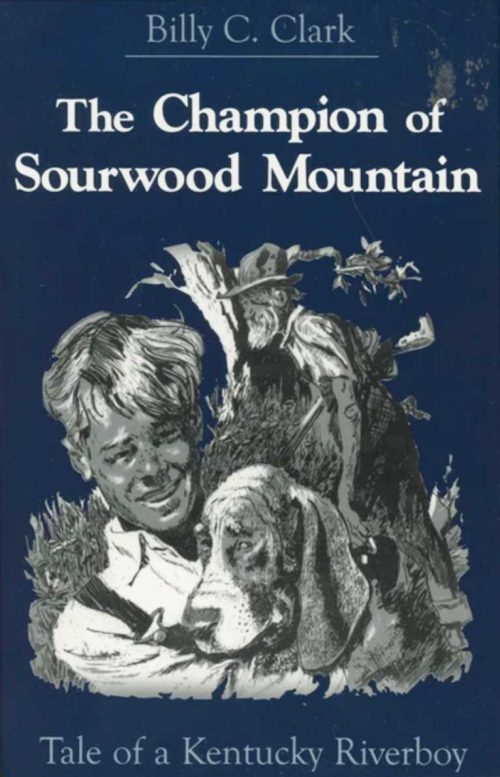 The people, the lore, even the sounds of eastern Kentucky come vividly to life in this affectionate story of a boy and his search dog. In the shadow of Sourwood Mountain, fourteen-year-old Aram Tate is absorbed in the sometimes painful process of growing up. His all-consuming passion is to own a hound dog of his very own, and his efforts to achieve this dream involve him in a series of amusing adventures which broaden his boy's-eye view of the world. Through his friendship with ne'er-do-well Eb ringtom, Aram Learns the ways of men as they never were described in books. Among the other colorful characters who contribute to the boy's education are Lighting and Napoleon, two imcomparably wily gamecocks; Thusla, Eb's great hound whose exploits can only be described as apocryphal; and Rile Feder and his dog, the bluetick Tweedle, who fears neither coon nor fox. SOFTBACK By Billy C. Clark
The people, the lore, even the sounds of eastern Kentucky come vividly to life in this affectionate story of a boy and his search dog. In the shadow of Sourwood Mountain, fourteen-year-old Aram Tate is absorbed in the sometimes painful process of growing up. His all-consuming passion is to own a hound dog of his very own, and his efforts to achieve this dream involve him in a series of amusing adventures which broaden his boy's-eye view of the world. Through his friendship with ne'er-do-well Eb ringtom, Aram Learns the ways of men as they never were described in books. Among the other colorful characters who contribute to the boy's education are Lighting and Napoleon, two imcomparably wily gamecocks; Thusla, Eb's great hound whose exploits can only be described as apocryphal; and Rile Feder and his dog, the bluetick Tweedle, who fears neither coon nor fox. SOFTBACK By Billy C. Clark -
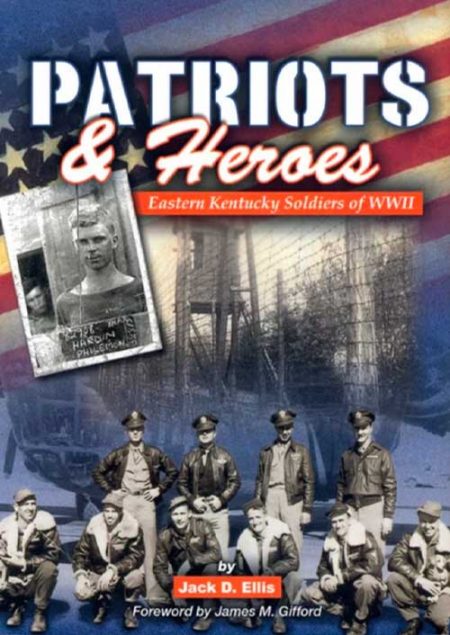 Patriots & Heroes: Eastern Kentucky Soldiers of WW II profiles the physical pain, and also the psychological and emotional stress suffered by a dozen of America's Citizen Soldiers in WW II. Their stories are representative of the courage, suffering, sacrifice and separation faced by the American GIs of that war. Included among these twelve are stories of POWs, KIAs, MIAs and many that returned home safely to become valuable, productive members of their community. The author uses interviews, letters, documents, and personal experiences to poignantly present their stories. HARDBACK By Jack D. Ellis
Patriots & Heroes: Eastern Kentucky Soldiers of WW II profiles the physical pain, and also the psychological and emotional stress suffered by a dozen of America's Citizen Soldiers in WW II. Their stories are representative of the courage, suffering, sacrifice and separation faced by the American GIs of that war. Included among these twelve are stories of POWs, KIAs, MIAs and many that returned home safely to become valuable, productive members of their community. The author uses interviews, letters, documents, and personal experiences to poignantly present their stories. HARDBACK By Jack D. Ellis -
 Presidents have been visiting Kentucky since 1819 arriving by horseback, carriage, train, steamboat, bus, and airplane. Presidential Visits to Kentucky: 1819-2017 details more than 120 occasions when the President of the United States came to the Commonwealth. It chronicles when the president came, why, where he went, and who he saw as he made history. HARDBACK VERSION By Wayne Onkst
Presidents have been visiting Kentucky since 1819 arriving by horseback, carriage, train, steamboat, bus, and airplane. Presidential Visits to Kentucky: 1819-2017 details more than 120 occasions when the President of the United States came to the Commonwealth. It chronicles when the president came, why, where he went, and who he saw as he made history. HARDBACK VERSION By Wayne Onkst -
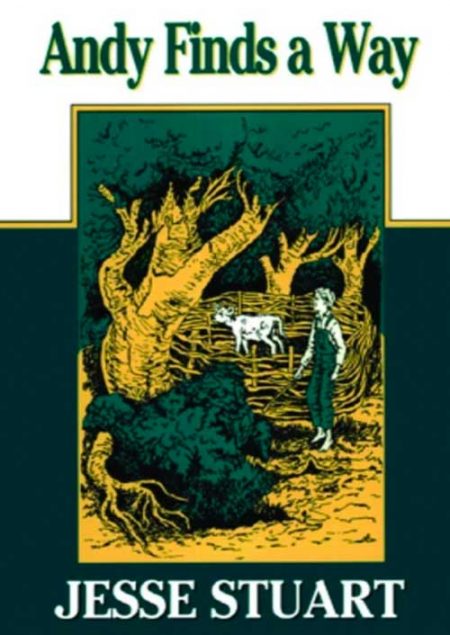 Jesse Stuart Junior Book Even though he lived on a farm and had had a number of pet animals, Andy Scott had never been able to keep a pet very long. Then Gypsy, the family cow, had a calf. Andy called him Soddy, because he was the color of the plowed clay ground. He hoped to keep the calf as a pet. Andy's father told him Soddy would have to be sold for veal, but Andy was determined to save his new friend and playmate. Filled with love for the calf, yet knowing his parents needed the money, Andy thought of a plan to suit everyone. SOFTBACK By Jesse Stuart
Jesse Stuart Junior Book Even though he lived on a farm and had had a number of pet animals, Andy Scott had never been able to keep a pet very long. Then Gypsy, the family cow, had a calf. Andy called him Soddy, because he was the color of the plowed clay ground. He hoped to keep the calf as a pet. Andy's father told him Soddy would have to be sold for veal, but Andy was determined to save his new friend and playmate. Filled with love for the calf, yet knowing his parents needed the money, Andy thought of a plan to suit everyone. SOFTBACK By Jesse Stuart -
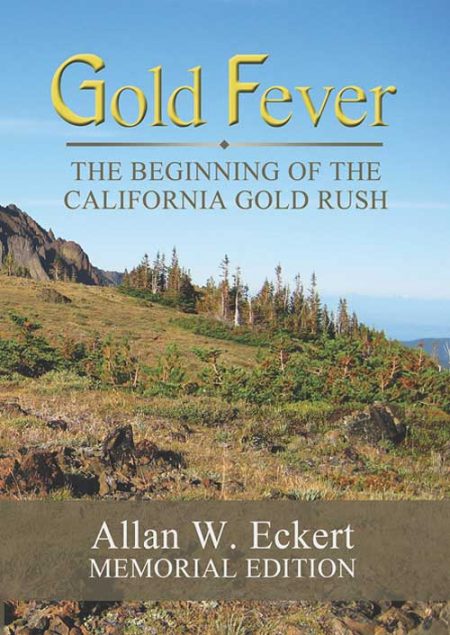 Winning of the West: Book 3 Gold Fever focuses upon the early phase of the Gold Rush era, beginning in early 1848 and concluding in September, 1849. Allan Eckert, a widely admired historian, relates in compelling detail the intriguing chain of developments in this great national obsession, including the following profoundly influential ones:
Winning of the West: Book 3 Gold Fever focuses upon the early phase of the Gold Rush era, beginning in early 1848 and concluding in September, 1849. Allan Eckert, a widely admired historian, relates in compelling detail the intriguing chain of developments in this great national obsession, including the following profoundly influential ones:- Gold's initial discovery
- The early-spring local gold rush
- The entire country's evolving response to the California gold rumors
-
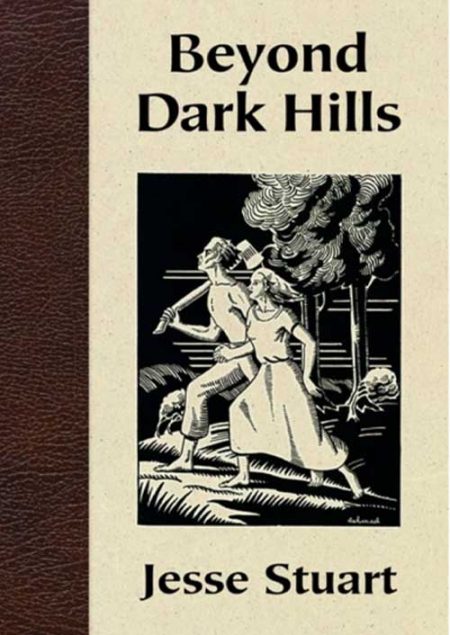 Jesse Stuart began this book in 1932 at Vanderbilt University as a paper for an English professor who asked his seminar students to turn in a maximum of 18 typewritten ages. In the 11 days allotted for the assignment, Stuart crammed 322 pages with the story of his young life. These ageless, universal experiences were told by a vibrant, precocious young man who became one of the most widely read American authors of the 20th century. For the young reader who has yet to experience the transition from childhood to adulthood, this book can be an inspiring guide. For older readers, it may be a beautiful trip down memory lane. HARDBACK By Jesse Stuart
Jesse Stuart began this book in 1932 at Vanderbilt University as a paper for an English professor who asked his seminar students to turn in a maximum of 18 typewritten ages. In the 11 days allotted for the assignment, Stuart crammed 322 pages with the story of his young life. These ageless, universal experiences were told by a vibrant, precocious young man who became one of the most widely read American authors of the 20th century. For the young reader who has yet to experience the transition from childhood to adulthood, this book can be an inspiring guide. For older readers, it may be a beautiful trip down memory lane. HARDBACK By Jesse Stuart -
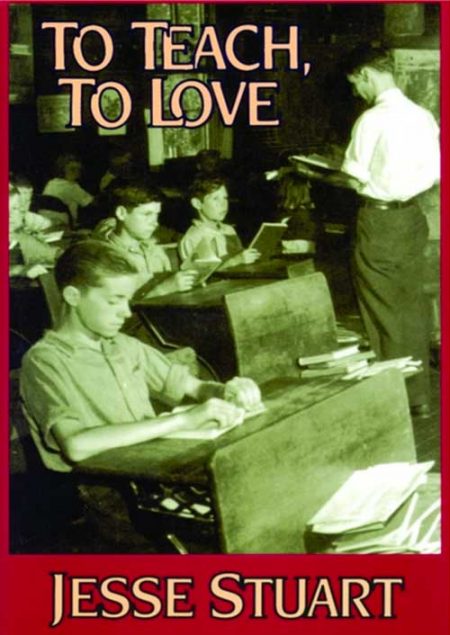 Stuart's autobiographical account of much of his educational career. This great Kentucky novelist, short story writer, poet, and teacher writes about his boyhood, his elementary school and high school experiences, and his days at Lincoln Memorial University. He tells of teaching in a one room rural schoolhouse, his experiences as a county school superintendent, and his stay as a teacher at American University in Cairo, Egypt. He explains what classroom methods worked best, and why, and speculates on what has gone wrong with American schools. By Jesse Stuart
Stuart's autobiographical account of much of his educational career. This great Kentucky novelist, short story writer, poet, and teacher writes about his boyhood, his elementary school and high school experiences, and his days at Lincoln Memorial University. He tells of teaching in a one room rural schoolhouse, his experiences as a county school superintendent, and his stay as a teacher at American University in Cairo, Egypt. He explains what classroom methods worked best, and why, and speculates on what has gone wrong with American schools. By Jesse Stuart -
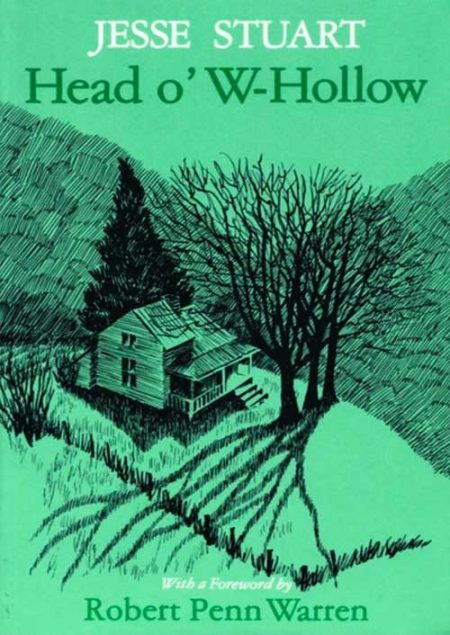 A unique and personal book bound for its own kind of immortality. Head o' W-Hollow has a permanent if modest historical value. Jesse Stuart has a "rattrap memory" for turns of speech, and he has given a socio-historical record of daily life in his remote world — now so much less remote and more changed. By Jesse Stuart REVIEWS "Stuart's first book of short stories remains haunting, powerful, and humorous." "A unique book, bound for its own kind of immortality." — Robert Penn Warren "The most honest writing that has ever been done about Kentucky mountain people." — The Nation
A unique and personal book bound for its own kind of immortality. Head o' W-Hollow has a permanent if modest historical value. Jesse Stuart has a "rattrap memory" for turns of speech, and he has given a socio-historical record of daily life in his remote world — now so much less remote and more changed. By Jesse Stuart REVIEWS "Stuart's first book of short stories remains haunting, powerful, and humorous." "A unique book, bound for its own kind of immortality." — Robert Penn Warren "The most honest writing that has ever been done about Kentucky mountain people." — The Nation -
Out of stock
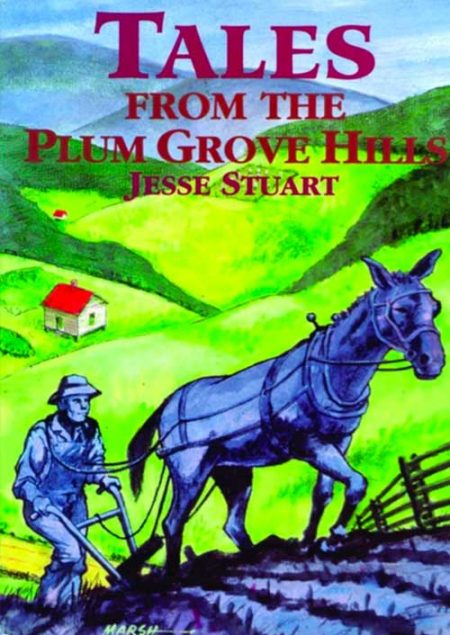 Jesse Stuart's honest, earthy writing about the southern hill folk he knows so well has made him one of America's foremost authors of fiction. Here are twenty of his best stories that spring up from the pungent soil of Kentucky, told in his plain but highly colorful style. Stories about the Stuart family and neighbors from his beloved W-Hollow, all packed with Kentucky characters of all sorts and sizes. By Jesse Stuart
Jesse Stuart's honest, earthy writing about the southern hill folk he knows so well has made him one of America's foremost authors of fiction. Here are twenty of his best stories that spring up from the pungent soil of Kentucky, told in his plain but highly colorful style. Stories about the Stuart family and neighbors from his beloved W-Hollow, all packed with Kentucky characters of all sorts and sizes. By Jesse Stuart -
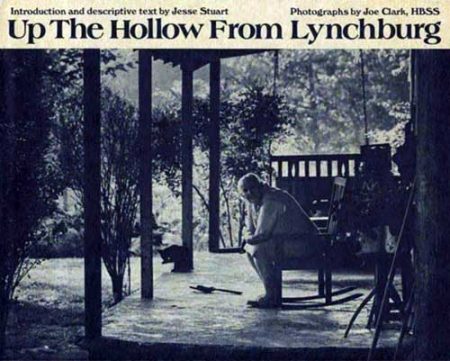 Jesse Stuart and Joe Clark's photographic essay of the town Lynchburg, located where the Blue Grass country meets the Cumberland Mountains of Tennessee. Known for the Jack Daniels distillery, the townspeople are loyal to their employer and to each other. But they are also "close-to-the-land" people who farm, raise livestock, and enjoy diversions which have nothing at all to do with the distillery. For the most part, it is their lives outside of working hours that Clark and Stuart have chosen to reflect. Photographs by Joe Clark Foreword by Jesse Stuart
Jesse Stuart and Joe Clark's photographic essay of the town Lynchburg, located where the Blue Grass country meets the Cumberland Mountains of Tennessee. Known for the Jack Daniels distillery, the townspeople are loyal to their employer and to each other. But they are also "close-to-the-land" people who farm, raise livestock, and enjoy diversions which have nothing at all to do with the distillery. For the most part, it is their lives outside of working hours that Clark and Stuart have chosen to reflect. Photographs by Joe Clark Foreword by Jesse Stuart -
 Originally published in 1934, this book was so successful that the first printing of the first edition sold out in less than a month! Man With a Bull-Tongue Plow is a collection of sonnets that Stuart weaves into a personal narrative describing the rural Kentucky life and events he knew so well. Packed with emotion, and sometimes harsh observations, the poetry in this book comes from the heart of a young man who was always full of enthusiasm. At this stage of his life, Jesse Stuart was bursting with pure expression and had not yet learned to polish his poetry in an effort to make it more palatable to a broader audience and Interestingly, that's exactly what made this volume so popular. It was nominated for a Pulitzer Prize and selected as both One of the 100 Best Books in America and One of the1000 Great Books of the World. An introduction by John H. Spurlock adds context and insight to Stuart's writing. HARDCOVER By Jesse Stuart
Originally published in 1934, this book was so successful that the first printing of the first edition sold out in less than a month! Man With a Bull-Tongue Plow is a collection of sonnets that Stuart weaves into a personal narrative describing the rural Kentucky life and events he knew so well. Packed with emotion, and sometimes harsh observations, the poetry in this book comes from the heart of a young man who was always full of enthusiasm. At this stage of his life, Jesse Stuart was bursting with pure expression and had not yet learned to polish his poetry in an effort to make it more palatable to a broader audience and Interestingly, that's exactly what made this volume so popular. It was nominated for a Pulitzer Prize and selected as both One of the 100 Best Books in America and One of the1000 Great Books of the World. An introduction by John H. Spurlock adds context and insight to Stuart's writing. HARDCOVER By Jesse Stuart -
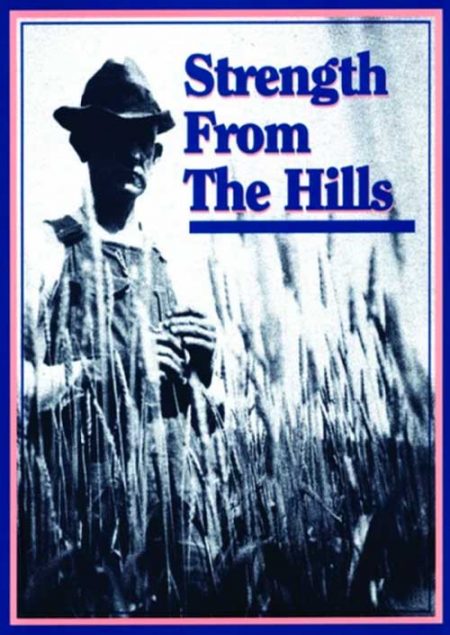 A biography of Jesse's father, Mitchell Stuart - a rural man who could not read or write. But Mick Stuart had learned the important things in life from the hills around him. He began his work before daylight, and stopped only when his family, his farm, and his animals were cared for. Jesse Stuart tells how his father taught him the unalterable values of right and wrong, love of family, and love of education. By Jesse Stuart
A biography of Jesse's father, Mitchell Stuart - a rural man who could not read or write. But Mick Stuart had learned the important things in life from the hills around him. He began his work before daylight, and stopped only when his family, his farm, and his animals were cared for. Jesse Stuart tells how his father taught him the unalterable values of right and wrong, love of family, and love of education. By Jesse Stuart -
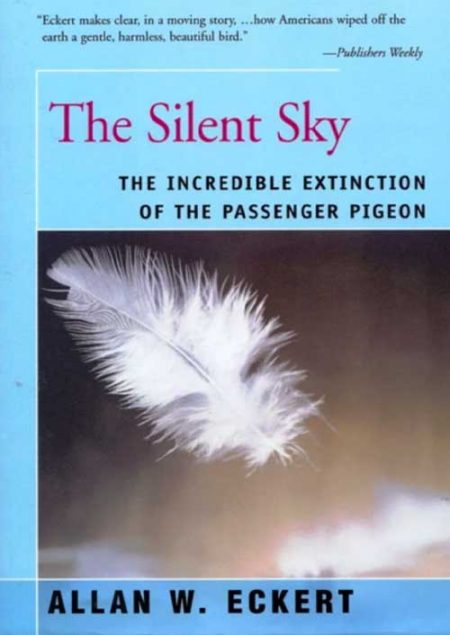 This nature novel, by following the hatching and lifetime experiences of the last know wild passenger pigeon, chronicles the life, natural history, and ultimate extinction of this species which was once the most abundant bird species in North America. The last wild bird was killed in 1900; the last captive bird died in 1914. By Allan Eckert
This nature novel, by following the hatching and lifetime experiences of the last know wild passenger pigeon, chronicles the life, natural history, and ultimate extinction of this species which was once the most abundant bird species in North America. The last wild bird was killed in 1900; the last captive bird died in 1914. By Allan Eckert -
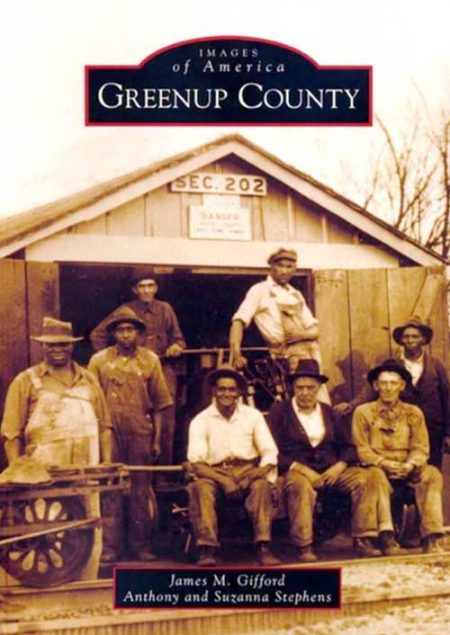 Greenup County, bordering the Ohio River in northeastern Kentucky, is rich in history and culture. Settlers first arrived in the mid-1700s and carved farms from hardwood forests. Lucy Virgin Downs, the first white child born west of the Alleghenies, lived in Greenup County, as did Jesse Boone, brother of Kentucky icon Daniel Boone. The 20th century brought industrialization and economic diversification to the historically agricultural area. Ashland Oil, a Fortune 500 company, maintained corporate headquarters in Greenup County. Two steel mills, a large rail yard, an excellent hospital, and a number of surface mines also provided employment to many people who continued to work their family farms, too. This economic progress was mirrored in every aspect of country life as education, health care, and recreation all improved dramatically. Today Greenup County’s history is appreciated by both longtime residence and cultural tourists. James M. Gifford serves as chief executive and senior editor of the Jesse Stuart Foundation, a regional publishing house. Dr. Gifford’s coauthors, Anthony and Suzanna Stephens, are eastern Kentuckians. The authors gathered photographs from dozens of personal and library collections.SOFTBACK By James M. Gifford, Anthony and Suzanna Stephens
Greenup County, bordering the Ohio River in northeastern Kentucky, is rich in history and culture. Settlers first arrived in the mid-1700s and carved farms from hardwood forests. Lucy Virgin Downs, the first white child born west of the Alleghenies, lived in Greenup County, as did Jesse Boone, brother of Kentucky icon Daniel Boone. The 20th century brought industrialization and economic diversification to the historically agricultural area. Ashland Oil, a Fortune 500 company, maintained corporate headquarters in Greenup County. Two steel mills, a large rail yard, an excellent hospital, and a number of surface mines also provided employment to many people who continued to work their family farms, too. This economic progress was mirrored in every aspect of country life as education, health care, and recreation all improved dramatically. Today Greenup County’s history is appreciated by both longtime residence and cultural tourists. James M. Gifford serves as chief executive and senior editor of the Jesse Stuart Foundation, a regional publishing house. Dr. Gifford’s coauthors, Anthony and Suzanna Stephens, are eastern Kentuckians. The authors gathered photographs from dozens of personal and library collections.SOFTBACK By James M. Gifford, Anthony and Suzanna Stephens -
 Jesse Stuart was a paradox. For a period of his life, Jesse slept with a loaded gun under his pillow, yet he also carried a typewriter with him wherever he went. He courted woman with mud on his boots and pistols on his hips, but he had wildflowers in his hands and envelops completely covered with chicken-scratched poems in his pockets. He was petty yet often kind, mean-spirited but truly helpful to beginning writers, clannish yet hospitable to visitors HARDBACK By James M. Gifford
Jesse Stuart was a paradox. For a period of his life, Jesse slept with a loaded gun under his pillow, yet he also carried a typewriter with him wherever he went. He courted woman with mud on his boots and pistols on his hips, but he had wildflowers in his hands and envelops completely covered with chicken-scratched poems in his pockets. He was petty yet often kind, mean-spirited but truly helpful to beginning writers, clannish yet hospitable to visitors HARDBACK By James M. Gifford -
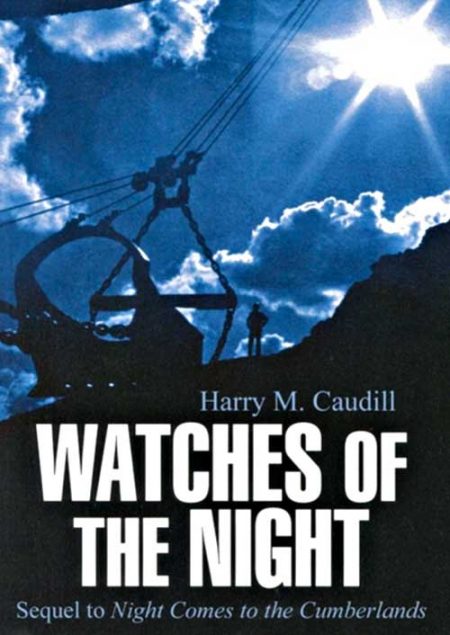 In 1963, Harry M. Caudill published his now classic account of the reckless, deliberate despoliation of the Appalachian Plateau, Night Comes to the Cumberlands. Thirteen years later, in The Watches of the Night, Caudill continued the heartbreaking story of an incredibly rich land inhabited by a grindingly poor people whose problems, despite state and local aid and an unprecedented boom in coal, had worsened: the land was being stripped more rapidly than ever; the people’s traditional relationship with the land was being uprooted, and their old customs eliminated by standardization Both a narrative history and a polemic against greed and waste, The Watches of the Night hammers at “the profligacy growing out of the persistent myth of superabundance.” The author ponders an even darker future if the cycle of boom and bust is not broken. He writes: “Americans have never understood or respected the finely textured, little-hill terrain of the Cumberland Plateau.” Neither the farmers nor the miners who followed the early pioneers saw it as a place cherish. Through decades that have lengthened to nearly two centuries the land has fought back, sometimes with savage floods and always with persistent efforts to reforest. “But now times runs out and our “inexhaustible” resources have turned finite….The Kentucky Cumberlands are many things, but most of all they are a warning.” By Harry M. Caudill
In 1963, Harry M. Caudill published his now classic account of the reckless, deliberate despoliation of the Appalachian Plateau, Night Comes to the Cumberlands. Thirteen years later, in The Watches of the Night, Caudill continued the heartbreaking story of an incredibly rich land inhabited by a grindingly poor people whose problems, despite state and local aid and an unprecedented boom in coal, had worsened: the land was being stripped more rapidly than ever; the people’s traditional relationship with the land was being uprooted, and their old customs eliminated by standardization Both a narrative history and a polemic against greed and waste, The Watches of the Night hammers at “the profligacy growing out of the persistent myth of superabundance.” The author ponders an even darker future if the cycle of boom and bust is not broken. He writes: “Americans have never understood or respected the finely textured, little-hill terrain of the Cumberland Plateau.” Neither the farmers nor the miners who followed the early pioneers saw it as a place cherish. Through decades that have lengthened to nearly two centuries the land has fought back, sometimes with savage floods and always with persistent efforts to reforest. “But now times runs out and our “inexhaustible” resources have turned finite….The Kentucky Cumberlands are many things, but most of all they are a warning.” By Harry M. Caudill



